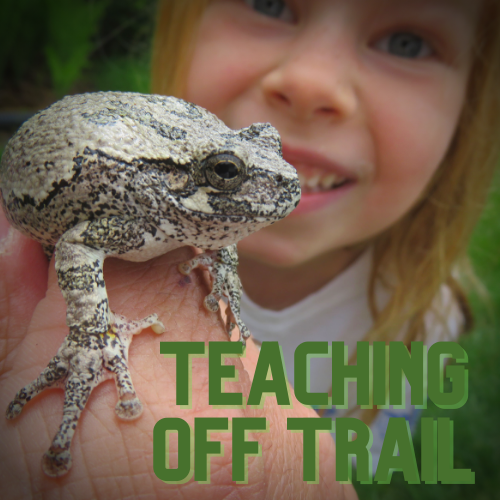Day 225
Being an avid nature lover, I love being in nature anywhere and everywhere. Being a homer, I especially love the natural areas of Wisconsin. Though more of a land dweller, I enjoy all the history and diversity the river and lakes possess. I also enjoy the ups and downs of the hills formed by glaciation and the unique characteristics associated with where the last glaciation didn't pass through. This area, mainly the southwestern part of the state, is known as the Driftless Area. While wooded areas and forests will always hold a special place in my heart, I’ve grown to love and appreciate wetlands as I've learned more about them. However, prairies will always be a special place for me.
I think the personal connection of restoring prairie at my school has strengthened my passion for them. Prairies are a unique ecosystem with intricacies that most people don't quite understand. Historically, prairies once dominated much of the Wisconsin and surrounding landscapes. Now, they are a small percentage of what they once were. However, through education focused on describing their incredibly important assets combined with restorative practices, prairies are making a comeback. But that comeback takes time.
Prairies don't grow the way people want them to grow. For example, when people plant trees, they get to see that tree develop and mature. Each year, the tree gets bigger, sprouts more leaves and/or blossoms, and casts a bigger shadow. Prairies grow in a different manner. To survive, prairies have to establish a deep and complex root system leaving them susceptible to being overtaken by weeds in their early years. While the novice might see this as a failure and may others see it as unsightly, it is part of the process. Once the prairies have the time to develop their root system down, they will start to grow up. This takes time and time is not something most people have the patience for when growing things on their land and properties. However, if given the time to develop and employing certain restoration practices along the way including appropriate plant selection, adequate seed dispersal, and selective mowing, prairies can and will thrive.
And so will everything else.
